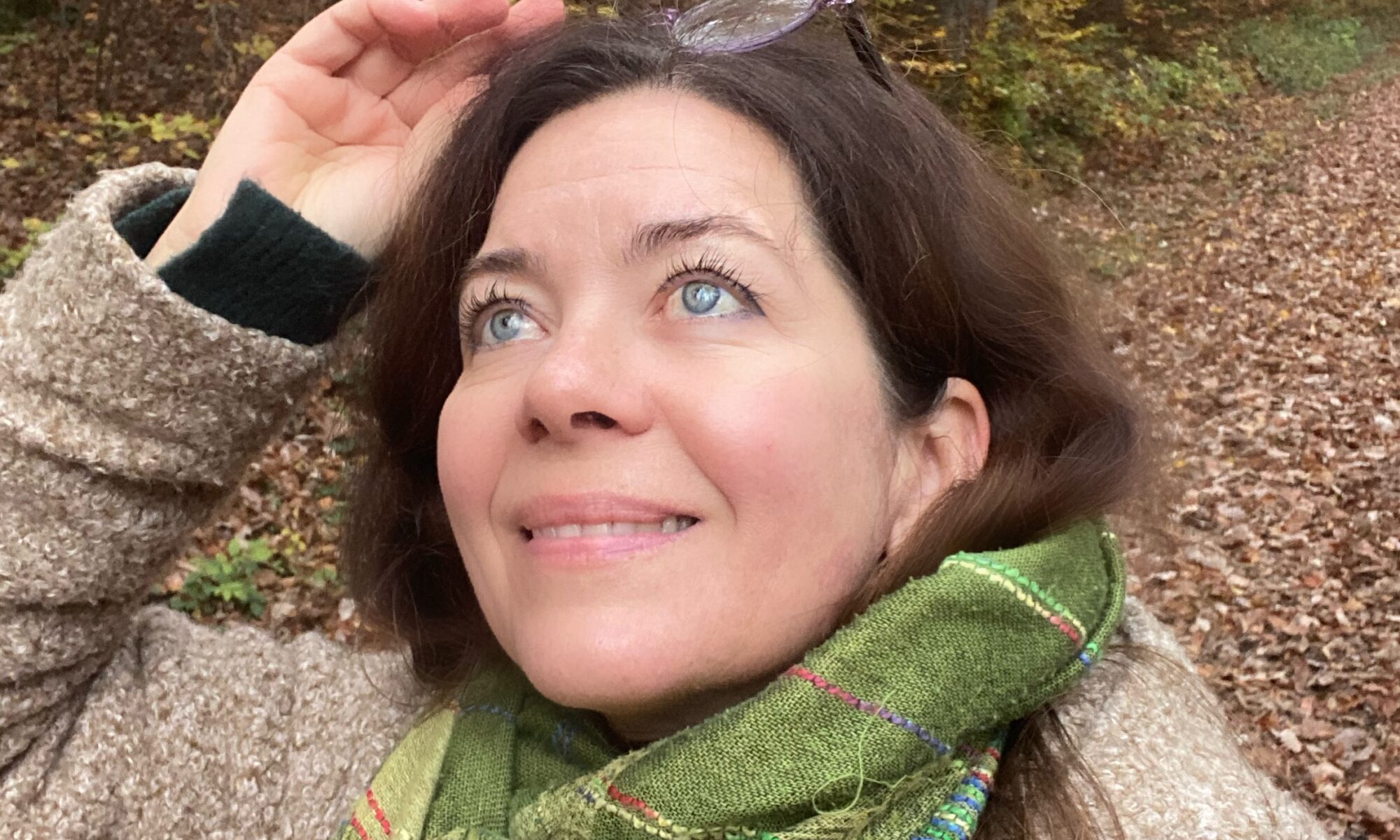Are we not here to experience happiness?
It’s a question I ask myself often. And if the answer is yes—and I believe it is—then it becomes crucial to investigate what truly stands in the way of our peace. When certain patterns in life repeat—whether in relationships, work, money, or success—we must pause and ask: What is this trying to show me about myself?
Because everything we experience starts with the way we perceive. Our world is colored not by the facts alone, but by the lens through which we interpret those facts—what we think about them, how we feel, and the inner conversations we keep alive. Just like a theater play, we play our role each day. But who wrote the script? Who is directing? And are we aware of the role we’re choosing?
The other day, I was in a workgroup with a colleague—a diligent, creative woman who takes pride in her work. She moved quickly, efficiently, cleaning tables before I had the chance to help. Though I asked if I could assist, there was never quite the space for me to contribute.
On the surface, this might seem small. But it triggered something deep in me—old feelings of being unnecessary, unhelpful, invisible. I recognized the pattern right away. She reminded me of the strict teachers I had as a child—those who told me I wasn’t good enough, whose criticism left me carrying a weight of insecurity.
And in that moment, without realizing, I stepped back into the role of the little girl again. I let the past play itself out in the present.
Yes, people have their personalities and behaviors. But the power we give to those behaviors—that’s on us. The moment I made her opinion more powerful than my own self-worth, I handed her my peace. That’s the pedestal we so often build for others—without realizing we’re climbing down from our own.
Later that week, another small moment brought profound clarity. I was crossing the street when a man sped up and stopped right in front of me. I raised my hand instinctively—a small gesture of frustration. He honked loudly in return. It startled me, and then it upset me. I walked away fuming.
But the more I replayed the scene, the more I asked: Why am I still holding onto this? He had driven off long ago. Yet I was still carrying him—in my chest, in my mind, in my mood. I had swallowed the poison, hoping he would suffer.
Sadhguru once said, “Holding onto anger is like drinking poison and expecting the other person to die.” That quote has stayed with me.
So I made a conscious choice not to take that man—or the woman from work—into my living room in the evening. I set them down at the door, as an act of love toward myself.
That’s where boundaries begin: not with blame, but with awareness.
When we don’t question our thoughts, we become prisoners of our own perceptions. That’s why I love Byron Katie’s four questions:
-
Is it true?
-
Can I absolutely know it’s true?
-
How do I react when I believe that thought?
-
Who would I be without it?
These questions are like keys to the door of inner peace.
It’s not about denying what happens. It’s about choosing how we relate to what happens. Like Neville Goddard teaches, the outer world reflects the inner. So when I find myself saying, “The traffic is getting worse, people are becoming more aggressive,” I have to ask—am I unconsciously keeping that story alive inside me?
Everything we experience is filtered through our awareness. Our little “bubble” of reality is shaped by where we dwell in thought and feeling.
And so the journey back to peace is not about fixing everyone else. It’s about asking ourselves: What am I still believing? And do I want to keep believing it?
Because the power is always within.


